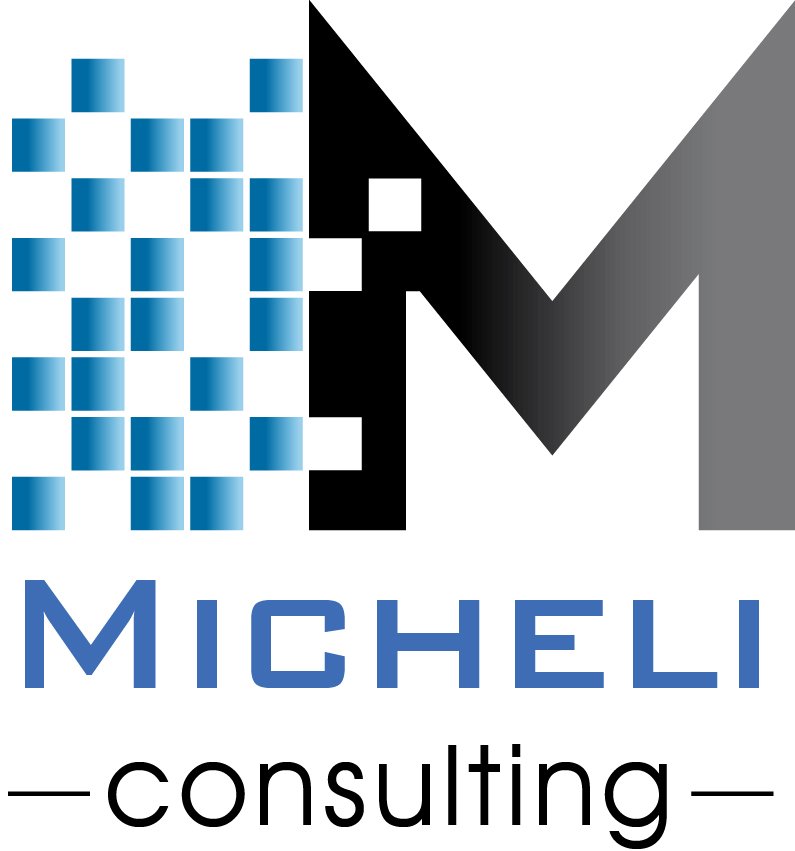Originally posted 6-21-2011:
I have noticed there has been a lot of articles written around EMR and Health IT usability in the last couple months. This is due to the National Institute of Standards and Technology (NIST) and the Office of the National Coordinator for Health Information Technology (ONC) combining to develop "a set of procedures that are objective and repeatable for evaluating, testing and validating the us... A couple weeks ago NIST held an informational hearing and workshop to present their framework and guidelines for healthcare software usability.
There has been some concern expressed that the guidelines could go too far in standardizing EMRs. Those concerns are understandable. I would not want a governing body creating standards as to what the best designs are to promote usability in healthcare software. Instead, it appears "The goal is to help systems developers and vendors assess and demonstrate that their software is free from design-induced user error. But NIST "will not dictate particular user interface designs.” This article suggests that these guidelines may become "Usability Criteria" for the Stage 2 Meaningful Use regulations, and the NIST is focusing "on EHR usability for the improvement of patient safety." Even HIMSS has been exploring this with an EHR Usability task force, that has been publishing some nice papers on measuring and evaluating usability.
From what I have been reading, this reminds much of the FDA's Human Factors program which requires medical device manufacturer's to show they have followed Human Factors principles. This includes creating requirements that promote patient safety, and testing the devices to ensure they meet those requirements. During audits, the FDA will check to see if a manufacturer include Human Factors as part of the development process.
If this is indeed the case, then this will be a big win for Patient Safety. It has been well documented that poor usability in the healthcare software can lead to errors that can potentially harm patients. With all the distractions and time pressures care givers deal with, technology should be a tool that works for them, not against them. Care givers will have less frustrations in their day to day work, which will allow them to focus more on the patients. A happier, less distracted care giver will make better decisions - leading to better outcomes for the patients. Ultimately, this is what really matters in healthcare.
I have noticed there has been a lot of articles written around EMR and Health IT usability in the last couple months. This is due to the National Institute of Standards and Technology (NIST) and the Office of the National Coordinator for Health Information Technology (ONC) combining to develop "a set of procedures that are objective and repeatable for evaluating, testing and validating the us... A couple weeks ago NIST held an informational hearing and workshop to present their framework and guidelines for healthcare software usability.
There has been some concern expressed that the guidelines could go too far in standardizing EMRs. Those concerns are understandable. I would not want a governing body creating standards as to what the best designs are to promote usability in healthcare software. Instead, it appears "The goal is to help systems developers and vendors assess and demonstrate that their software is free from design-induced user error. But NIST "will not dictate particular user interface designs.” This article suggests that these guidelines may become "Usability Criteria" for the Stage 2 Meaningful Use regulations, and the NIST is focusing "on EHR usability for the improvement of patient safety." Even HIMSS has been exploring this with an EHR Usability task force, that has been publishing some nice papers on measuring and evaluating usability.
From what I have been reading, this reminds much of the FDA's Human Factors program which requires medical device manufacturer's to show they have followed Human Factors principles. This includes creating requirements that promote patient safety, and testing the devices to ensure they meet those requirements. During audits, the FDA will check to see if a manufacturer include Human Factors as part of the development process.
If this is indeed the case, then this will be a big win for Patient Safety. It has been well documented that poor usability in the healthcare software can lead to errors that can potentially harm patients. With all the distractions and time pressures care givers deal with, technology should be a tool that works for them, not against them. Care givers will have less frustrations in their day to day work, which will allow them to focus more on the patients. A happier, less distracted care giver will make better decisions - leading to better outcomes for the patients. Ultimately, this is what really matters in healthcare.
